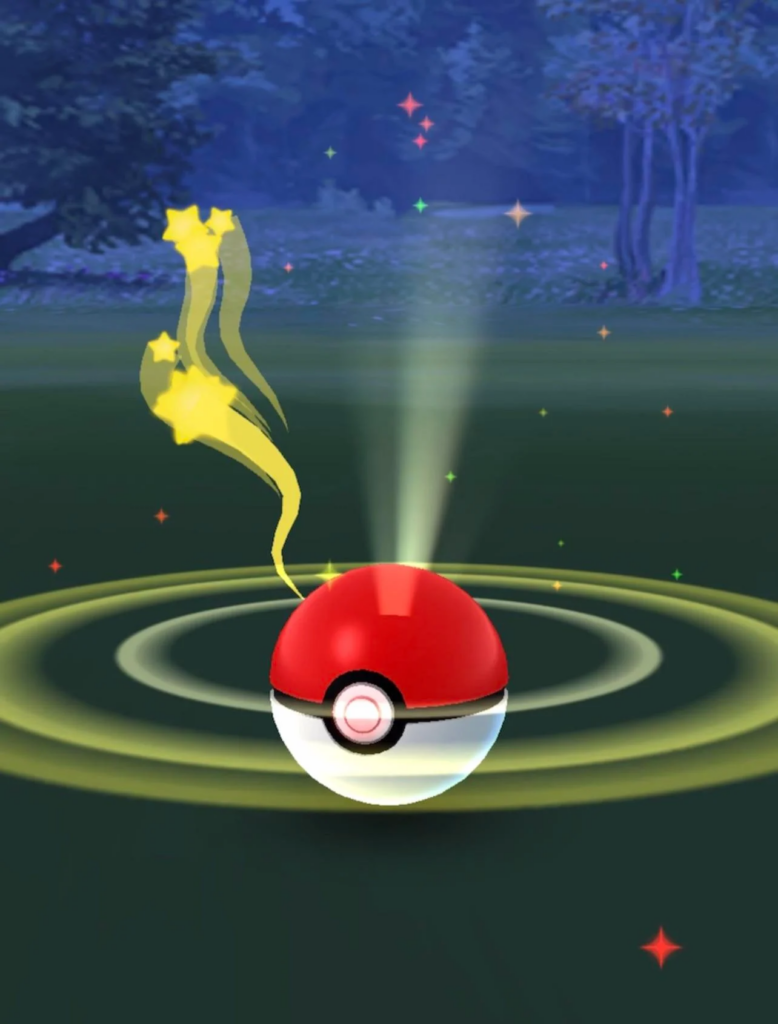Trainers, assemble! Are you yearning to expand your fossil collection in Pokémon Go? Do the ancient allure of Lileep and Anorith stir your explorer’s spirit? Worry not, for this comprehensive guide will equip you with the knowledge and strategies to unearth these elusive Pokémon.
Understanding the Quarry: Lileep and Anorith’s Habitat

Lileep and Anorith, classified as Generation III Fossil Pokémon, are remnants of prehistoric times. In Pokémon Go, they primarily appear in biomes that reflect their aquatic and rocky origins. Here’s where you’re most likely to encounter them:
- Near bodies of water: Lakes, rivers, oceans, and even ponds can be hotspots for Lileep. Keep an eye out while strolling along coastlines, visiting parks with water features, or exploring waterways in your city.
- Rocky areas: Anorith prefers locations with a more rugged landscape. Look for them near mountains, cliffs, quarries (with appropriate safety precautions, of course!), and even construction sites (where large rocks are present).
Weather or Not: Environmental Factors
While location is crucial, weather can also influence your fossil hunting success. Here’s how weather conditions can impact your odds:
- Partly Cloudy and Sunny: These weather patterns are generally considered the best for encountering both Lileep and Anorith.
- Rainy weather: While not as optimal as partly cloudy or sunny, rain can slightly increase Lileep’s spawn rate.
Lure of the Lure: Enhancing Your Encounter Rate
Lures can be valuable tools in attracting Pokémon to specific PokéStops. While they don’t guarantee Lileep or Anorith, they can increase the overall number of Pokémon that spawn, potentially leading to a fossil encounter. Consider using:
- Moss Lure: This lure type, though not specifically dedicated to Rock or Water-type Pokémon, might attract Lileep due to its mossy appearance, which could be associated with an aquatic environment.
- Magnetic Lure: This lure attracts Steel-type Pokémon, but it can also occasionally spawn Rock-type Pokémon like Anorith.
Field Research: A Targeted Approach
Field research tasks sometimes reward encounters with specific Pokémon. While not guaranteed, keep an eye out for research tasks that mention encountering Rock or Water-type Pokémon, as these might lead you to Lileep or Anorith.
Community is Key: Collaboration and Camaraderie
The Pokémon Go community thrives on collaboration. Join local trainer groups or online forums to share sightings and tips. Fellow trainers might report Lileep or Anorith spawns, allowing you to strategically target these locations.
Patience is a Virtue: Persistence Pays Off
Fossil Pokémon can be rare, so don’t get discouraged if you don’t encounter them immediately. Consistent exploration, especially in the recommended biomes and during favorable weather conditions, will increase your chances.
Bonus Tip: Buddy Up!
Make Lileep or Anorith your buddy Pokémon. Earning candy while walking with your buddy increases the likelihood of encountering its evolutionary form. Who knows, you might even stumble upon a wild Lileep or Anorith while exploring with your buddy by your side!
Evolving Your Fossil Finds
Once you’ve captured Lileep or Anorith, you’ll need candy to evolve them. Lileep evolves into Cradily at 50 Lileep Candy, while Anorith evolves into Armaldo at 50 Anorith Candy. Remember, patience and perseverance are key!
Conclusion: A Rewarding Expedition


Catching Lileep and Anorith may require dedication, but the satisfaction of adding these prehistoric powerhouses to your collection is well worth the effort. So, lace up your walking shoes, grab your Poké Balls, and embark on your fossil-hunting adventure! Remember, trainers, the thrill of the hunt is part of the Pokémon Go experience. Enjoy the journey, and good luck in your pursuit of these ancient Pokémon!

